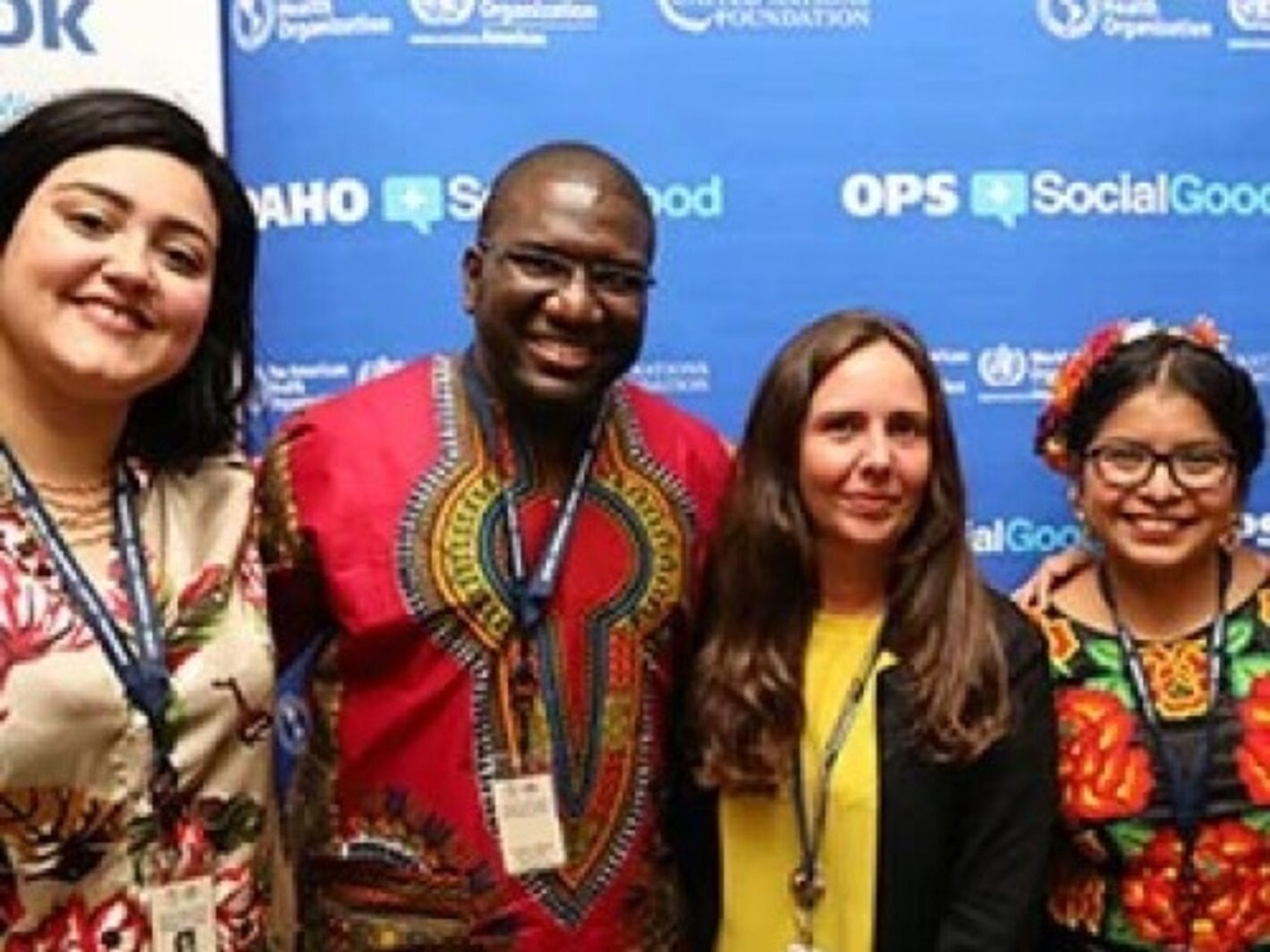
Indigenous, Roma, Afro-descendant and members of other ethnic groups face greater challenges to their health, resulting in higher rates of mortality and morbidity than the general population.
Washington, DC, September 26, 2017 (PAHO/WHO)—Ministers of health from the countries of the Americas committed to combat the barriers to health faced by indigenous, Afro-descendant and Roma peoples with the approval today of a new ethnicity and health policy.
Poor health outcomes among different ethnic groups are common in the Americas. Maternal and infant mortality is consistently higher among indigenous and Afro-descendant groups. In some countries, HIV infection rates are more than nine times higher among Afro-descendants than Caucasians, and malnutrition among indigenous children is higher than among the general population. These populations also tend to have higher rates of violence against women and suicide, says the new policy.
The health disparities faced by different ethnic groups are the result of various barriers to health services, including geographical, financial and cultural.
"Public health professionals and health care providers need to consider the link between ethnicity and health at every step of the way," said Andres de Francisco, Director of the Family, Gender and Life Course Department of the Pan American Health Organization (PAHO), Regional Office for the Americas of the World Health Organization (WHO). "The invisibility and discrimination often experienced by these populations heighten their conditions of vulnerability. Using an intercultural approach will help eliminate those barriers that prevent members of ethnic groups from attaining the highest level of health."
Additionally, most health information systems in the Americas are not adequately disaggregating data by ethnicity, making it impossible to have the full picture on the health situation of all ethnic groups.
The new policy, approved during PAHO's 29th Sanitary Conference, focuses on five strategic lines to improve ethnic health:
- evidence production, with a focus on disaggregating data by ethnicity;
- policy action, to identify and close gaps in policy;
- social participation, to build and strengthen partnerships with ethnic populations; recognition of ancestral knowledge and traditional medicine;
- intercultural health models strengthening;
- and capacity development among health professionals and community health workers.
During the development of the policy, PAHO worked closely with the Region's different ethnic leaders, including youth, to ensure the policy reflected their world visions and would best meet their needs.
"Being able to hear directly from the groups that have traditionally been excluded from health services was invaluable to developing this policy," said Sandra del Pino, PAHO Regional Advisor for Cultural Diversity. "It will be crucial to continue these conversations as countries move forward to implement it."
The policy is aligned with the United Nations Declaration on the Rights of Indigenous Peoples, the International Convention on the Elimination of All Forms of Racial Discrimination, the Indigenous and Tribal Peoples Convention (Convention 169) of the International Labour Organization, and the UN Sustainable Development Goals.
By the numbers:
- Although they represent less than 8% of the population, indigenous groups currently account for 17% of those living in extreme poverty in Latin America.
- Indigenous and Afro-descendant women have a fertility rate that is roughly 50% higher than the general population, but receive less quality care during pregnancy, birth, and postpartum.
- In Guatemala, 58% of indigenous children suffer from chronic malnutrition and 23% from severe malnutrition, while 34% of non-indigenous children have chronic malnutrition and 10% suffer from severe malnutrition.
- In Panama and Peru, infant mortality in indigenous children is three times higher than in non-indigenous children.
- Mortality among indigenous youth in Chile is almost four times higher than among youth in the general population.
- An estimated 62.6% of indigenous children in the Region are to some extent deprived of clean water, in contrast to 36.5% of non-indigenous children.
- In some countries the adolescent fertility rate is 40% higher among Afro-descendant adolescents than among non-Afro-descendants; this rate may be even twice as high among indigenous adolescents as it is in the non-indigenous population.
The Pan American Sanitary Conference brings together ministers of health and other high-level delegates from through the Americas to set hemispheric health priorities and to define collective action to address them.



